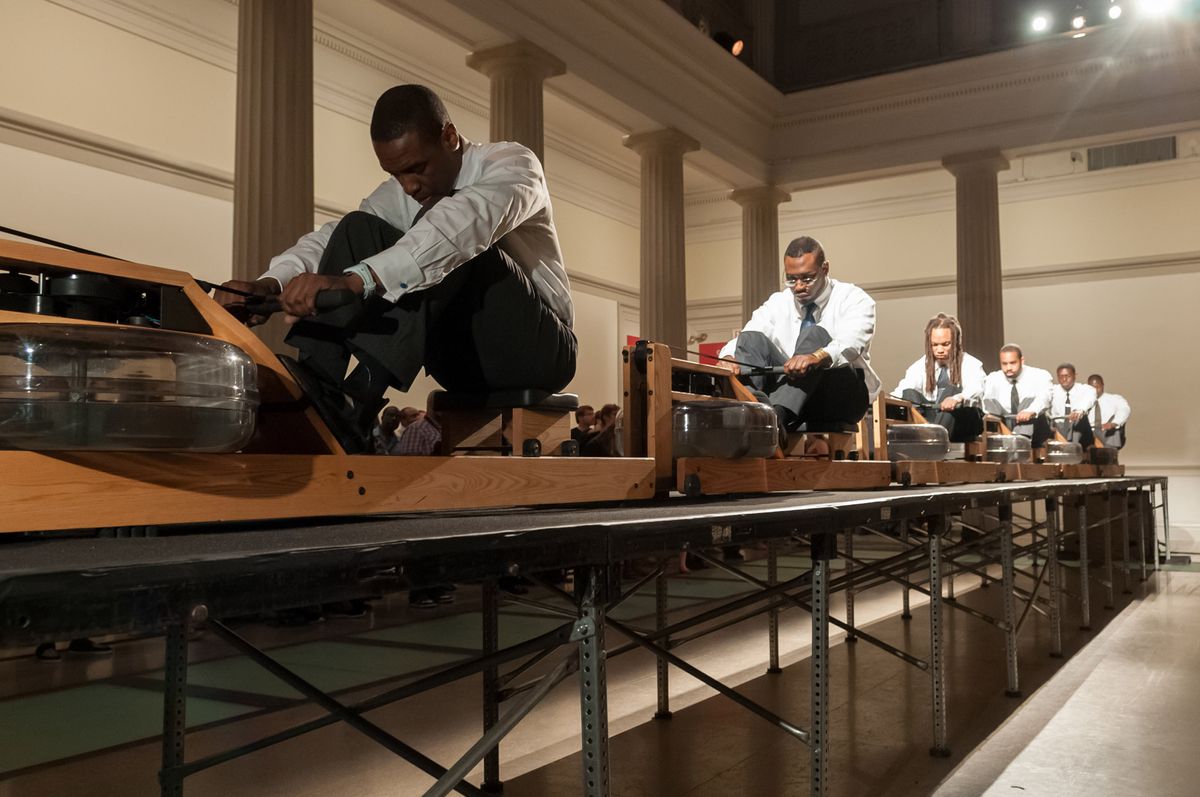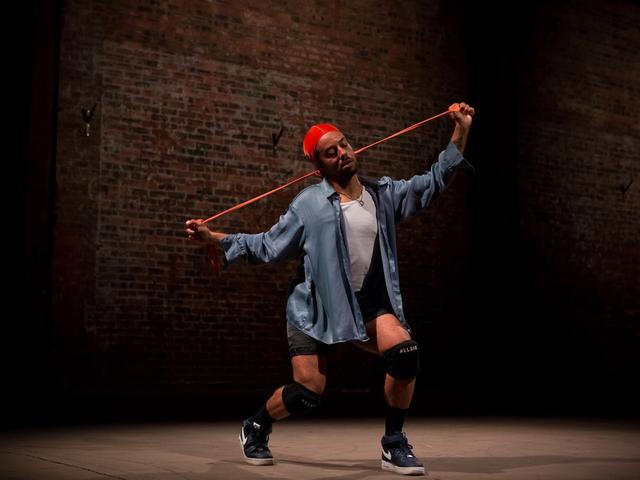The Baltimore Museum of Art (BMA) has recently acquired more than 100 works in line with the institution’s efforts to diversify its holdings, emphasising connections to the Baltimore area and highlighting the work of women artists and artists of colour. The museum is also diversifying the media represented in its holdings: interdisciplinary artist Jefferson Pinder’s Ben-Hur (2012) is the first performance art piece in the museum's collection.
Pinder’s incisive, ambitious work contemplates the intersection of art, labour politics and the Black American experience, rendering simple, dynamic conceits on an operatic scale. Ben-Hur is no exception; the performance involves six Black men engaging in actions that reference the visual history of labour in art. The BMA’s acquisition includes both 2013 video documentation of a past performance and detailed instructions on how to stage it live in future iterations.
Other artists whose works the BMA has acquired lately include painters Brenda Goodman, Martha Jackson Jarvis, Hung Liu, Kylie Manning, Megan Rooney, James Alexander Simpson and James Williams II; sculptors Rhea Dillon, Jiha Moon, Shahzia Sikander and Chiffon Thomas; video artists Justen Leroy and Sin Wai Kin; and paper artists Merikokeb Berhanu, Darrel Ellis, Dindga McCannon and Wura-Natasha Ogunji.
In April, the museum will also unveil a special commission by artist Mark Trayac, the Maryland-based 29th-generation hereditary Chief of the Piscataway Indian Nation and member of the Beaver clan, in tandem with its new initiative Preoccupied: Indigenising the Museum, a series of shows and projects that will center Native experience and cultural production. The commission, Traditional Beaver Pouch Bag (2024), utilises craft methods that have been passed down for centuries, and connects to the tobacco history of the Maryland region.



